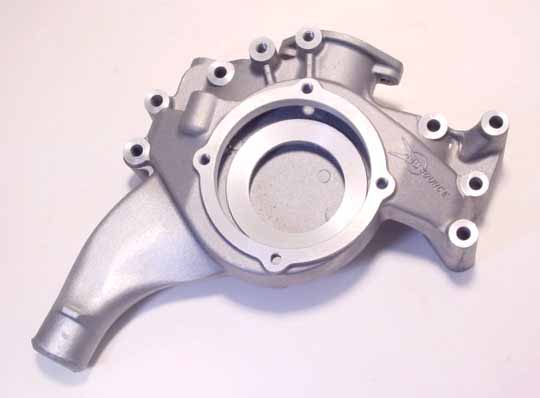Spanish designer Bernat Quincy took on a creative challenge by completing a "one coffee cup per day" project using 3D ceramic printing. Over the course of 30 days, he crafted a unique ceramic mug each day, ensuring that each piece was fully designed, printed, and finished within a single 24-hour period. This project not only showcased his artistic vision but also demonstrated the potential of 3D ceramic technology in creating intricate and personalized designs quickly.
The process involved several key steps. First, organic binders were used to bond ceramic powder in layers, with each layer built up one at a time. After the model was fully formed, it was placed in a furnace to cure the binder. Once cooled, excess powder was removed, leaving behind a solid ceramic structure. Finally, glaze was applied and another round of heating gave the cups their glossy finish. While not all cups were functional, the project sparked interest in the design community for its innovative approach and technological application.
This article explores the concept and working principles of ceramic 3D printing, comparing it with current 3D effects in ceramic tiles and analyzing its development status. It aims to understand how this technology can shape the future of both daily-use ceramics and building sanitary ceramics.
First, Understanding the Definition and Principles
Ceramic 3D printing is a process where three-dimensional objects are created by layering materials. There are two main methods: layer-by-layer bonding and direct molding. The former involves spraying a binder onto ceramic powder, adding new layers, and repeating until the object is complete. The latter uses a ceramic ink made from ceramic powder and a binder, allowing for more complex structures to be directly printed.
Second, Comparing with Existing Ceramic Tile 3D Effects
Ceramic tiles often use 3D effects to create visual depth or surface texture. These effects are achieved through pattern design, uneven surfaces, or special glazing techniques. However, these are mostly decorative and do not involve true 3D printing technology. Unlike traditional 3D printing, which builds structures layer by layer, existing tile 3D effects focus on appearance rather than forming actual 3D shapes.
Third, Current Development Status
Since its invention in 1993 by MIT, ceramic 3D printing has evolved significantly. Researchers have developed various techniques, such as 3D glass printing at the University of Washington and advanced ceramic molds at Shanghai University of Technology. In 2013, Northwestern Polytechnical University successfully produced high-porosity silicon parts using 3D printing, showing the growing versatility of the technology.
Fourth, Future Trends and Challenges
Ceramic 3D printing offers fast production, the ability to print complex shapes, and cost-effective personalization. It's being used in applications like optical fiber connectors, medical devices, and custom ceramics. In the daily and construction industries, it can speed up processes like mold-making and tile printing, reducing production time from weeks to just a couple of days.
However, challenges remain. Issues like manufacturing speed, material stability, machine costs, and precision need further improvement. Solving problems like residual stress during sintering and ensuring consistent ceramic inks will be crucial for wider adoption. Despite these hurdles, the future of ceramic 3D printing looks promising, with increasing potential in both art and industry.
Precision Machined Pump Housing
Water pumps serve in a wide range of applications such as pumping water from wells, aquarium filtering, pond filtering and aeration, in the car industry for water-cooling and fuel injection, in the energy industry for pumping oil and natural gas or for operating cooling towers.
The precision machined pump housings we supplied are one of the key parts in the pump assembly.
Tolerance: Within +/-0.0005"
We manufacture & sell more than 15,000 sets /year to all over the world.
We also supply fine machined Pump Accessories according to your requirement.

QFAP has specialize in producing pump housings more than 5years.
Materials: Ductile iron, Grey iron, Aluminum
Surface treatment: Painting, Powder coating, only oiled
Main of our customers is from German, USA, and CAN.
With the long terms of experience in the pump industry, we could supply the pump housings or help to design the housings according to your requirements.
Precision Machined Pump Housing,Machining Centrifugal Pump Housing,CNC Machined Pump Housing,Machined Pump Parts Housing
SHAOXING QIFENG AUTO PARTS CO., LTD. , https://www.sxqfap.com